|
Paw Paw, West Virginia is rich in built history and through the efforts of Morgan County company, Cacapon Preservation Solutions, LLC, efforts are underway to research and document that history through inclusion of Paw Paw’s most important historic buildings on the National Register of Historic Places. Owner and principal consultant David Abruzzi, a retired veteran, registered architect, and historian is also personally invested in preserving Paw Paw’s built history through the purchase of several historical properties in Paw Paw. Last summer Abruzzi, through his company Cacapon Preservation Solutions, purchased three properties in the center of town: the 1876 former “Saint Charles Catholic Mission Church”; the 1898 Dr B.W. McBee farmhouse-style house; and a 1930’s-era Craftsman bungalow. The intent is to renovate each of the properties to be sympathetic to their historic characters, while making needed updates to take full advantage of modern efficiencies and technologies. Work is nearly complete on renovating the farmhouse, known colloquially as an “I-House,” into an inn. Abruzzi has been working closely with local Paw Paw business Mountain Life Kitchen on the building’s conversion into Mountain Life Inn. The totally renovated inn will feature four locally-themed guest rooms, each with their own private bath.
Following shortly thereafter, Abruzzi will turn his attention to completing the renovation of the 1930’s 3-bedroom bungalow, which he plans to rent out as a vacation rental. The final piece will be the restoration and conversion of the church into a restaurant. With its listing on the National Register of Historic Places, the church is eligible for 45% historic tax credits. This WV program will help cover the costs of the necessary preservation and restoration work. In addition to the restoration work, Abruzzi plans to construct a small addition for support spaces, such as kitchen, restrooms and an office area, to keep the 1,000 SF church as original as possible. Once the work is complete the church will become the new home of Mountain Life Kitchen. Abruzzi recently traveled to Huntington, WV seeking the endorsement of the WV Archives and History Commission for a third nomination of an historic building in Paw Paw to the National Register of Historic Places. After successfully nominating the 1893 Old Mayor’s Office and Lockup last year, and the 1876 St Charles Catholic Mission Church this past spring, Abruzzi turned his efforts to Paw Paw’s 1928 2-room Black School. The Commission unanimously endorsed the nomination for the school on 13 June 2024 and forwarded it to the National Park Service for their final approval. The National Park Service has 45 days to act on the nomination so, barring any unforeseen questions, the Paw Paw Black School will be listed on the National Register by early August. After conducting research, interviewing long-term residents of the town, and working with town officials, Abruzzi spent hours of his time developing the individual nominations for each building to highlight their historic roles in the civic and public life of Paw Paw. Listed properties and places are deemed “worthy of historic preservation” and become eligible to apply for a variety of grants and tax credits. Abruzzi has also been contracted by the Paw Paw Town Council to research and evaluate four buildings associated with Paw Paw’s Apple Orchard Industry to determine if enough historic integrity remains to justify individual nominations to the National Register of Historic Places. About David Abruzzi & Cacapon Preservation Solutions: David Abruzzi is a retired veteran, West Virginia registered architect (RA), and historian. As the principal consultant at Cacapon Preservation Solutions LLC, he established the company with the vision of protecting and preserving West Virginia’s historical places for the benefit of current and future generations. In fulfilling that vision, he consults with and assists WV property owners, municipalities, residents, and concerned citizens who want to protect and preserve historic structures navigate the historic preservation process.
1 Comment
Meet the Cold Metal Building in Wellsburg, West Virginia, built in 1890 when Wellsburg's glass industry was booming. The Cold Metal Building and the Hot Metal Building were connected to one another when they were considered not only a contributing resource to the significance of the Wellsburg Historic District, but as a "pivotal structure" when the district was listed in the National Registry of Historic Places in 1982. While the Hot Metal Building is now gone, the Cold Metal Building remains as a testament to the importance of the glass industry in Wellsburg, and is in need of some significant repairs prior to adaptive reuse.
The Business Development Corporation of the Northern Panhandle applied for PAWV's Saving Historic Places Grant in 2022 and received $84,790.10 for masonry repair work on the Cold Metal Building. The scope of work for this particular phase of the building's restoration consisted of improving the structural stability of the building and repairing the masonry components damaged from the removal of adjacent dilapidated buildings. Prior to starting masonry repair work, a mortar sample was sent to an architectural conservator to determine the type of mortar to be used. The contractor then utilized that recipe for all mortar repair. While this completed Saving Historic Places Grant project may not have the same dramatic before and after as some of PAWV's projects, that goes to speak to the subtlety and historical accuracy of its masonry repair work. Most of the work doesn't read as an aesthetic improvement so much as it does a reversion to how the building has looked in the past. In the preservation world, that counts as a win! Below, find a series of before and after photographs of the Cold Metal Building. While there is still work to be done, we are pleased that PAWV could aid in this phase of its restoration through the Saving Historic Places Grant Program. Did you ever grow your own school lunch? Before the 1950’s, students across West Virginia helped to farm the produce that went into their school lunches. The Dairy Barn in Romney is one of the last standing examples of this practice. This barn in particular served the West Virginia Schools for the Deaf and Blind, and the students took part in caring for the livestock and producing the milk that would go with their lunches. When the days of students growing their own lunch passed into history, the barn fell into disuse. Eventually, the roof threatened to collapse at any minute and destroy a vital source of local and state memory. Thanks in part to a $60,000 Saving Historic Places Grant from the Preservation Alliance of West Virginia, the Dairy Barn will be preserved for generations to come. Recently listed on the National Register of Historic Places, the Dairy Barn is a stunning example of agricultural architecture from the early 20th century. Built at the end of the 1920’s with vivid red siding, it looks almost too much like a farm building. School staff and students with disabilities handled over 60 cows housed in the barn. This created lasting memories for students who help share the history of Romney to this very day. Yet by 1951, it made more economic sense for the schools to buy food produced by more efficient industrial farms rather than grow their own produce. The barn saw infrequent use after the 50’s. When severe flooding occurred in 1985, the barn acted as a depot to store and distribute donated furniture and other supplies to flood victims. By the year 2000, the building fell into almost complete neglect. A 2022 structural survey suggested an inevitable roof collapse by the end of the year. This prompted the Town of Romney to seek funding to repair the roof and reinforce its structural integrity. Their goal was to preserve the memory of “the Barn’s centrality to the community over the last century. In the middle of 2023, that work is almost complete. Thanks to a variety of funding including the Saving Historic Places Grant from PAWV, the roof did not collapse, and it is in better shape than ever. Although the Barn’s ultimate form is still in the planning stages, a number of possibilities have opened up. Because of the building’s large size, the town intends for the barn to become a multi-use facility, potentially becoming an art gallery, small business exhibit space, museum center, restaurant, and more.
Many people and organizations support the project, and a common thread through that support is to preserve the history of people with disabilities and the state. The West Virginia Schools for the Deaf and Blind is deeply integrated into the community, with the Dairy Barn central to the community’s memory. It continues operations to this day as a part of the West Virginia school system and an important piece of its history could have been lost. Yet the Dairy Barn in Romney was not totally unique. Barns like this are an almost lost feature of West Virginia history. The people of Romney took a chance and are saving not only their own history, but the history and culture of the state. The New River Lodge sits a stone’s throw from the Cheat River and the historic tracks of the B&O railroad. The historic Victorian “stick” house in Rowlesburg is a testament not just to the importance of historic preservation, but its ability to create new possibilities. The house that would become the New River Lodge was built by Harry Hollis, the president of the People’s National Bank of Rowlesburg, for his sons Robert and Ross. The grand residence housed two families, eventually growing into a three-family rental property sometime after World War II. The house saw many changes over the years, gradually losing its original Victorian aesthetic as time progressed. 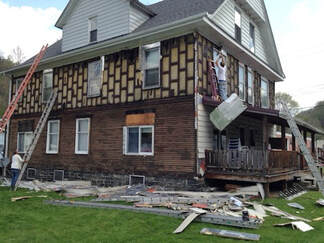 Restoration in action Restoration in action Co-owner Tim Weaver purchased the property in 2009. Many visitors came through Rowlesburg to appreciate its history, but few could stay in town due to inadequate lodging. Today the River House Lodge has transformed into landmark accommodation for the old railroad hub. The beautiful original siding, once hidden by plastic panels, has been revealed and restored. The front skirted porch, which had also changed over the years, has also been returned to its former glory. Guest rooms are decorated as they would be in the late 19th century. Some rooms even have bed frames more than 100 years old! Period furniture in the five rooms of the house evokes the Gilded Age, transporting guests back in time with modern conveniences. A trip to Rowlesburg would not be complete without taking in the town’s railroad history. Co-owner Tim has a deep connection to the area’s railroad history, saying that “My family were all railroaders; my grandfather was an engineer; my stepfather worked at the M&K shops; and uncles and cousins worked for the railroad.” The River House Lodge is a short walk away from the Rowlesburg B&O Depot Museum. There’s also nearby M&K Junction, a “famous ‘Cathedral’ of railroading.”
Rowlesburg is not like any other small town in West Virginia. On top of its monuments to rail history, Rowlesburg is home to the Greatest Generation World War II museum in the Szilagyi Center. And if you’d like to experience the Cheat River to its fullest, the River House Lodge rents kayaks and rafts at a discount to guests. You can see more at the River House Lodge’s Facebook page and website. Hidden in the southern hills of West Virginia, Hinton sports what most American towns can only dream of: a train station. Built as a terminal of the C&O railroad, the history of Hinton hinged on this connection. The railroad brought industry to the town, with warehouses like the New River Grocery Co. lining Hinton’s downtown to process wares from across the country. Once a center of business, the building has suffered from decades of neglect, but no longer! Thanks in part to a $108,000 Saving Historic Places Grant from the Preservation Alliance of West Virginia, the New River Grocery Co. building will once again be a center of activity in Hinton. Situated close to the New River, the three-story brick warehouse, also known as the Hardwoods Building, contributes to the Hinton Historic District, a listed area on the National Register of Historic Places. The warehouse and the district were vital to the system of railroad freight that made Hinton a boomtown in the late 19th and early 20th centuries. “The City of Hinton would not exist without our railroad history,” says Charles Saunders, President of the Summers County Commission. It’s no coincidence that Hinton is also home to the Hinton Railroad Museum. As Hinton evolved, so did the New River Grocery Co. building, transforming from a railroad warehouse to a woodworking shop, and even housing a skating rink at one time. Although popular with the locals, the building would eventually fall into disuse and disrepair. In August 2021, the vacant building suffered a ceiling collapse. Yet the town of Hinton has not given up. After a structural analysis funded by the WV Community Development Hub, plans are in motion to restore the building to community use. PAWV’s Saving Historic Places Grant will fund repair work on the roof and lead the way to resurrecting the building. Further funding from both the local government and other sources will see the building first used as an event space and multipurpose area for local nonprofits and volunteer organizations. There is also an opportunity to relocate the Railroad History Museum to the building. Long-term plans include the development of a restaurant or brewery on the first floor with apartments on the 3rd floor with access to a rooftop patio. As a former warehouse, the interior space is so large that it can accommodate all kinds of possibilities.
While industrial rail usage in the area may be gone, Hinton isn’t going anywhere. And by the way, you can still take a train to Hinton! The local train station is still active, with Amtrak’s Cardinal route running from Chicago to New York right through Hinton. Preservation Spotlight: Redeveloping the Brooke County Glass Factory's Cold Metal Building4/22/2023 The history of Wellsburg is written in glass, and one of its authors is the Brooke County Glass Factory. Originally established in 1876, it was one of more than 40 glass factories that operated in Brooke County. The site embodies West Virginia’s industrial heritage and unique connection with the world of glass, yet it is currently vacant and full of potential. Together with other sources of funding, PAWV’s Saving Historic Places Grant will ensure that sites like these will be preserved to both tell the stories of the past and be useful to present and future communities.
For two centuries, West Virginia has been a key figure in glass production. West Virginian soil possesses rich deposits of premier silica sand, a valuable resource needed for glass molding. Combined with the state’s abundance of natural gas, the industry was able to rapidly increase production at a relatively inexpensive cost. And as glass production increased so did advancements in glass making technologies, making production much more streamlined and efficient. The ability to easily produce glass attracted many outside laymen to West Virginian manufacturing companies. Their understanding of the glass trade was minimal, but these untrained laborers were much cheaper to hire and maintain than skilled artisans, resulting in larger workforces toiling in ever-growing factories. As the industry expanded, companies were able to create boomtowns up and down the Ohio River. One of the towns to prosper in this era of expansion was Wellsburg, located in West Virginia’s Northern Panhandle. The Brooke County Glass Factory, sometimes known locally as the Cold Metal Building, is part of Wellsburg’s long history with glass. Within a few decades of the town’s founding, entrepreneurs established Wellsburg’s first glass factory in 1813. The Brooke County Glass Factory was built in 1876, and was first known as the Riverside Glassworks. It sits alongside the Ohio River, and is a short walk away from Wellsburg’s dynamic downtown. The factory was the first in the area to take advantage of West Virginia’s natural gas and incorporate it into the manufacturing process. The building has survived nearly 150 years in the ever-changing landscape of modern Wellsburg, but today the glass giant sits empty. And that’s not stopping Wellsburg, a great example of a West Virginian community working to take control of its historic heritage. The city of Wellsburg established a historic district in 1982 that currently contains 693 buildings. The most notable buildings to stand alongside other brick and mortar structures are the Crescent Glass Factory, The Patrick Gass Cottage (Patrick Gass was a member of the Lewis and Clark expedition), Miller’s Tavern, and the Wellsburg Wharf. Although currently vacant, the Brooke County Glass Factory is under active development. The building and some adjacent lots are now owned by The Business Development Corporation (BDC), who plan to save the factory from demolition. Together with the Wellsburg Urban Redevelopment Authority, the new owners plan to rehabilitate and maintain a dedicated space to tell the story of the Wellsburg glass industry. The project coordinators hope to see the factory transform into a space that embraces the contemporary needs of modern-day Wellsburg. Some ideas suggested for the structure are to repurpose it as a community center, event space, a rest spot on the local rail trail, an artisan space, or even into a heritage tourism facility. Historic sites like this are full of possibilities. The history of Wellsburg is written in glass, and one of its authors is the Brooke County Glass Factory. Originally established in 1876, it was one of more than 40 glass factories that operated in Brooke County. The site embodies West Virginia’s industrial heritage and unique connection with the world of glass, yet it is currently vacant and full of potential. Together with other sources of funding, PAWV’s Saving Historic Places Grant will ensure that sites like these will be preserved to both tell the stories of the past and be useful to present and future communities. For two centuries, West Virginia has been a key figure in glass production. West Virginian soil possesses rich deposits of premier silica sand, a valuable resource needed for glass molding. Combined with the state’s abundance of natural gas, the industry was able to rapidly increase production at a relatively inexpensive cost. And as glass production increased so did advancements in glass making technologies, making production much more streamlined and efficient. The ability to easily produce glass attracted many outside laymen to West Virginian manufacturing companies. Their understanding of the glass trade was minimal, but these untrained laborers were much cheaper to hire and maintain than skilled artisans, resulting in larger workforces toiling in ever-growing factories. As the industry expanded, companies were able to create boomtowns up and down the Ohio River. One of the towns to prosper in this era of expansion was Wellsburg, located in West Virginia’s Northern Panhandle. The Brooke County Glass Factory, sometimes known locally as the Cold Metal Building, is part of Wellsburg’s long history with glass. Within a few decades of the town’s founding, entrepreneurs established Wellsburg’s first glass factory in 1813. The Brooke County Glass Factory was built in 1876, and was first known as the Riverside Glassworks. It sits alongside the Ohio River, and is a short walk away from Wellsburg’s dynamic downtown. The factory was the first in the area to take advantage of West Virginia’s natural gas and incorporate it into the manufacturing process. The building has survived nearly 150 years in the ever-changing landscape of modern Wellsburg, but today the glass giant sits empty. And that’s not stopping Wellsburg, a great example of a West Virginian community working to take control of its historic heritage. The city of Wellsburg established a historic district in 1982 that currently contains 693 buildings. The most notable buildings to stand alongside other brick and mortar structures are the Crescent Glass Factory, The Patrick Gass Cottage (Patrick Gass was a member of the Lewis and Clark expedition), Miller’s Tavern, and the Wellsburg Wharf. Although currently vacant, the Brooke County Glass Factory is under active development. The building and some adjacent lots are now owned by The Business Development Corporation (BDC), who plan to save the factory from demolition. Together with the Wellsburg Urban Redevelopment Authority, the new owners plan to rehabilitate and maintain a dedicated space to tell the story of the Wellsburg glass industry. The project coordinators hope to see the factory transform into a space that embraces the contemporary needs of modern-day Wellsburg. Some ideas suggested for the structure are to repurpose it as a community center, event space, a rest spot on the local rail trail, an artisan space, or even into a heritage tourism facility. Historic sites like this are full of possibilities. On July 10, 2022, Fairmont’s Mt. Zion Missionary Baptist Church got a big surprise for their 120th church anniversary. Dr. Mark Staples, Senior Pastor, had sought out the owner of their original but idle 1928 church for permission to go inside. “All I asked was to take a picture of our older members in that church again for our anniversary brochure,” he says. Instead, the owner offered to give their original church back to them - as a gift. His only condition - it must be used for service to the community. So, in September 2022, Mt. Zion took possession of 501 Cleveland Ave. again, and designated it as a second campus called Mt. Zion’s “Center of Hope.” Mt. Zion is its owner/steward, and all donations and expenses are accounted for separately from the church’s general fund. Dr. Staples had already established “Dare to Dream” with Marion County public schools, holding an annual church graduation ceremony for all ages. That outreach has extended to “Mt. Zion After School Academic and Enrichment Program,” currently meeting twice a week at the nearby Fairmont Hills apartment complex until restoration of the “Center of Hope” is completed. Eventually holistic health/wellness programs, kingdom karate, marriage and premarital classes, divorce recovery, health resources, and similar life-enhancing services will be added to equip church members and area residents in the community with hope for a better future. In addition, Mt. Zion is seeking “Partners in Hope” to: (1) restore the original church for shared use as a community outreach center in an underserved area and (2) align with providers of existing services such as NA, AA, Celebrate Recovery, etc. to use the “Center of Hope” to expand to that location, at no cost to recipients. Such use will be offered on a scheduled basis to maximize the productive time of Mt. Zion volunteer oversight of the center. The mostly senior congregation of Mt. Zion was not prepared for the financial investment this project will require. Mt. Zion’s membership rolls are larger than their weekly attendance. But so far, most donations of time and treasure have come from outside the Mt. Zion congregation. The providential nature of this project so far encourages them to keep working with others across the community to offer proactive, life-enhancing activities at the ”Center of Hope” for any residents who wish to avail themselves of it. In a building this old that has seen decades of neglect, there is much restoration to do. Poor drainage outside has caused interior water damage, which has already been partially remediated. The roofline is straight, and the floors in good condition and level, but the structure needs professional evaluation to determine its exact condition and any needed reinforcement. The HVAC and roof are approximately 15 years old, and the original stained-glass windows are still inspiring. Dr. Mark A. Staples, Senior Pastor
Barbara Grigg, Assistant to Pastor West Virginians are invited to celebrate their historic preservation success stories through the Preservation Alliance of West Virginia’s West Virginia Preservation Spotlight series. Submitting a Preservation Spotlight story helps shine a light on the small preservation successes that can add up to significant positive change in a community. Whether it’s a homeowner restoring a historic feature of their house or a business moving into a building on historic Main Street, PAWV wants to hear about preservation “wins” both big and small.
Spotlight stories should involve a West Virginia property listed on the National Register of Historic Places or as a contributing structure to a National Historic District. If you believe your story is relevant despite not meeting this specification (perhaps an event or advocacy success), please email to check with a member of our staff at [email protected]. Submitted Preservation Spotlight stories may be featured on PAWV’s website and social media channels to celebrate the positive steps everyday West Virginians are making towards historic preservation in their communities. PAWV is accepting submissions through a Google form here. A Word document submission form is available for download below. |
AuthorHistoric building owners from around West Virginia submit their preservation success story. Archives
July 2024
Categories |
Get Involved |
Programs |
Contact UsPreservation Alliance of West Virginia
421 Davis Avenue, #4 | Elkins, WV 26241 Email: [email protected] Phone: 304-345-6005 |
Organizational Partners:
© COPYRIGHT 2022 - PRESERVATION ALLIANCE OF WEST VIRGINIA. ALL RIGHTS RESERVED.


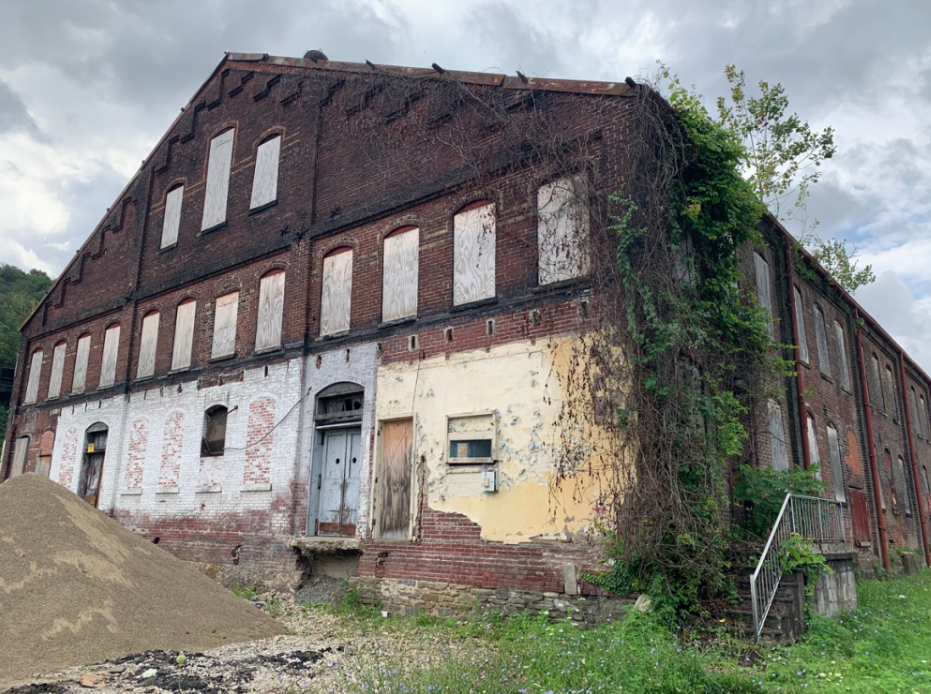
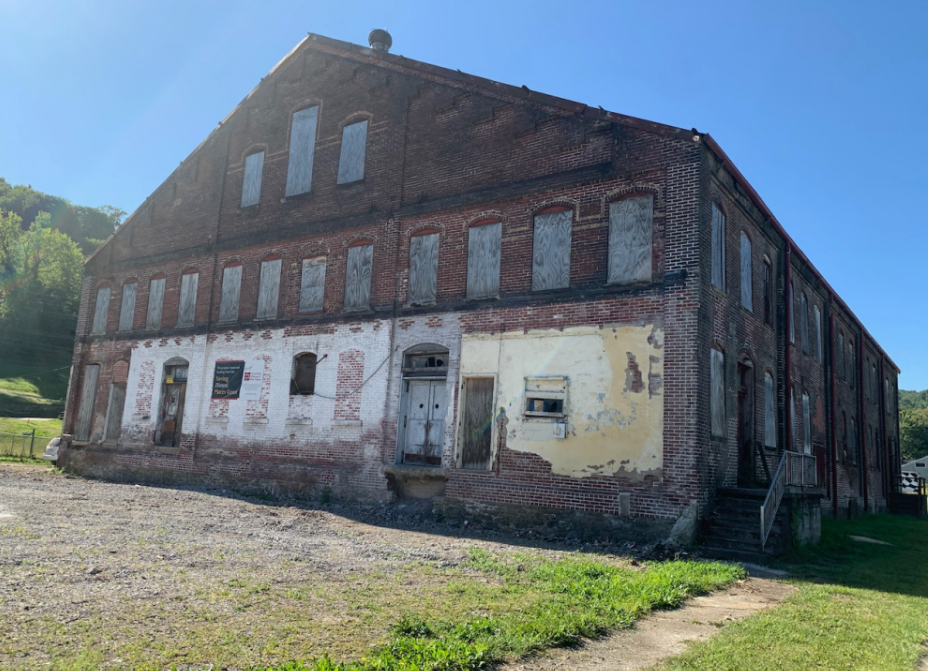
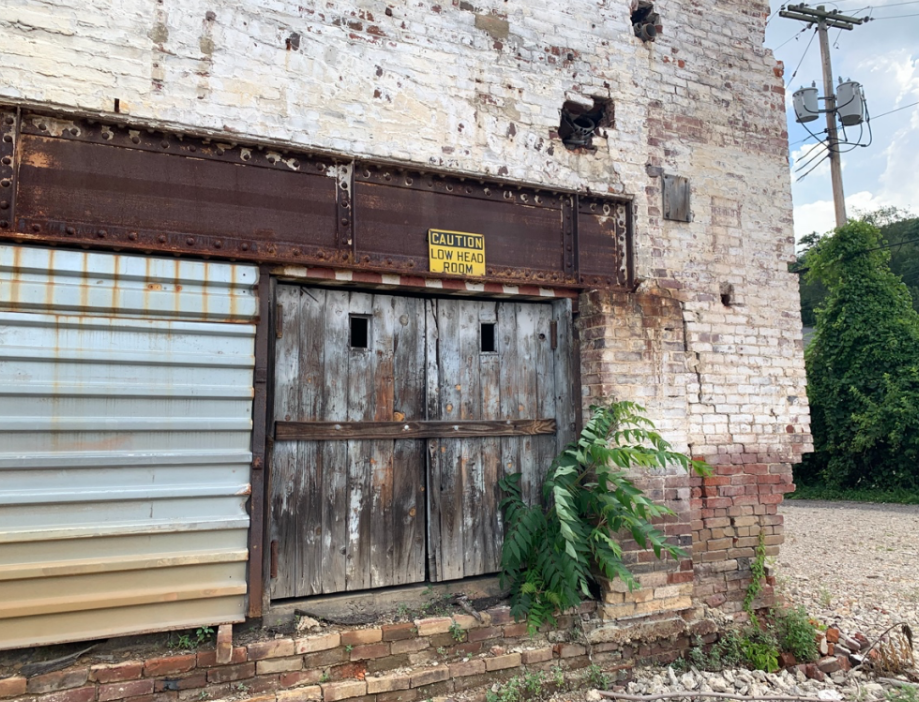
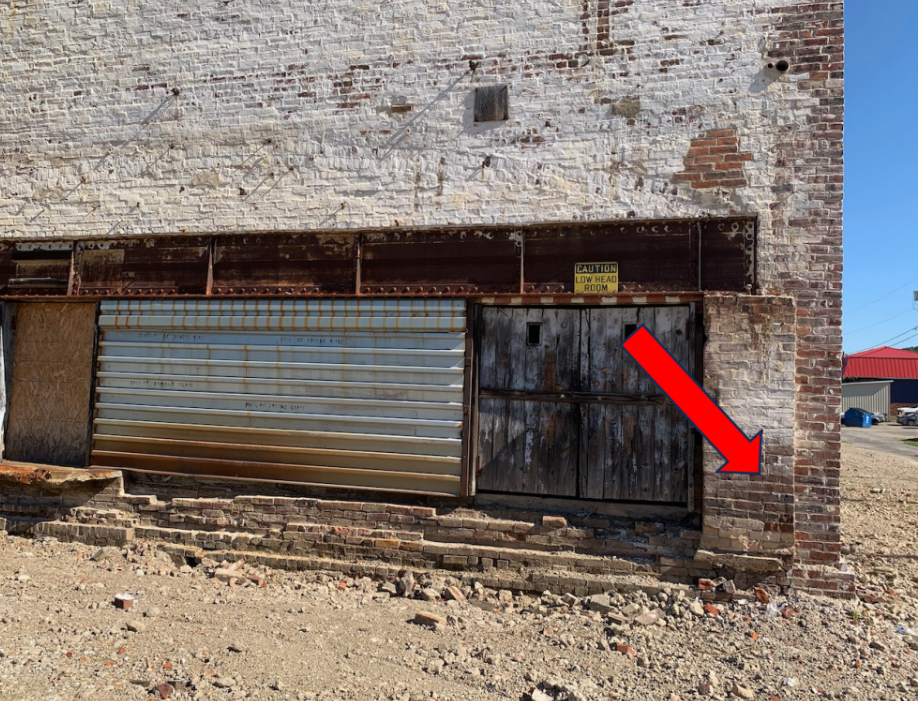
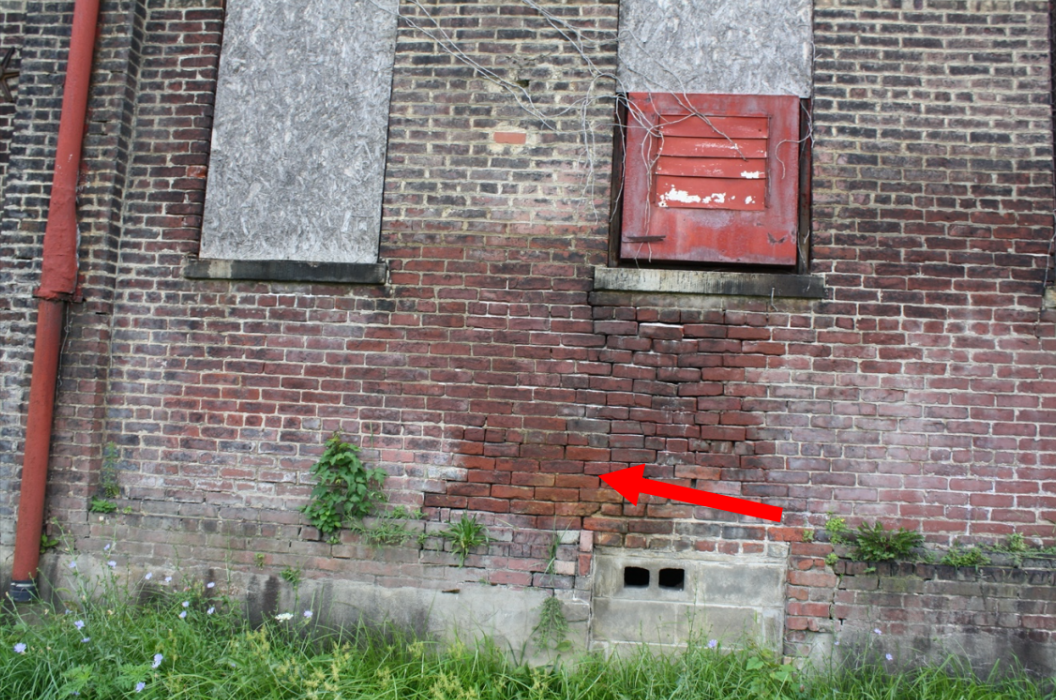
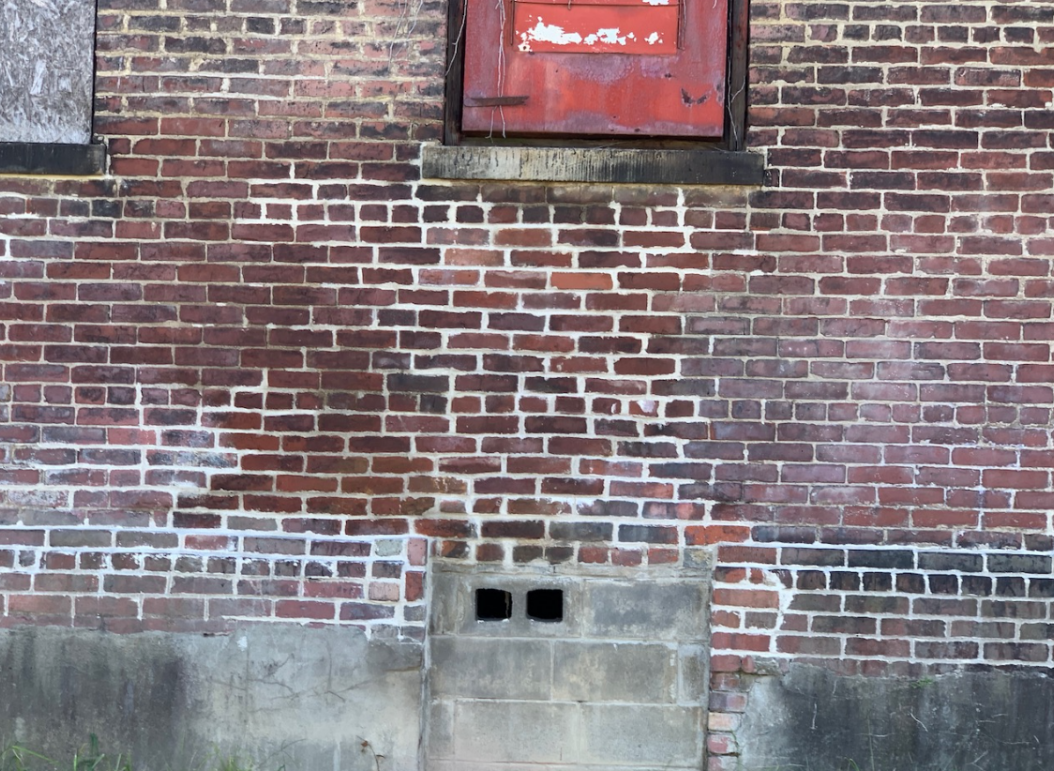
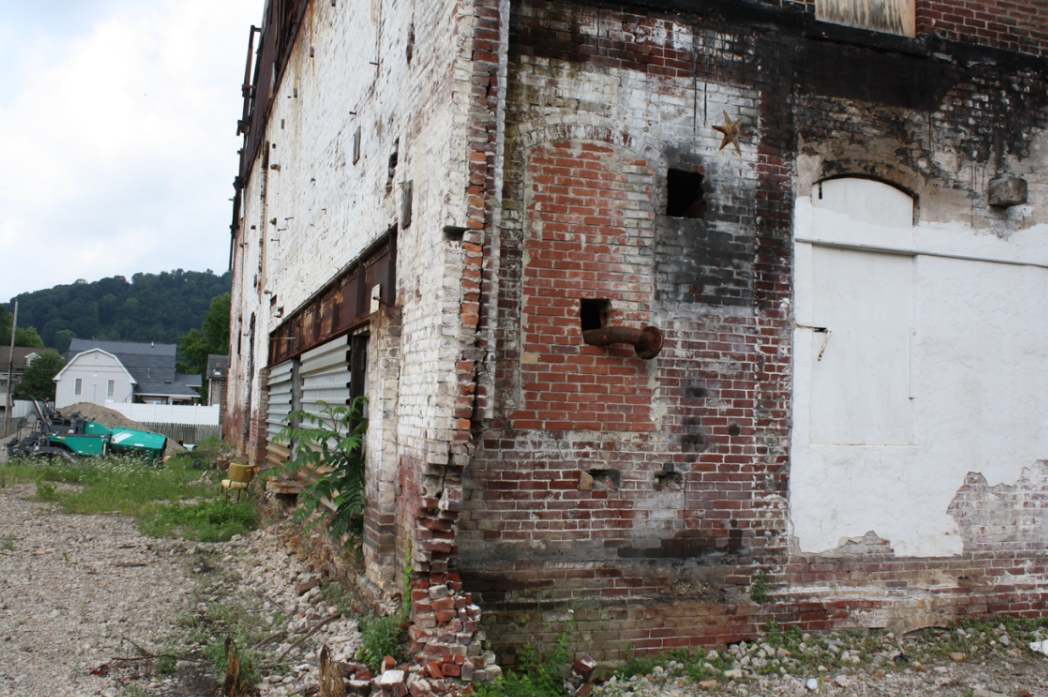
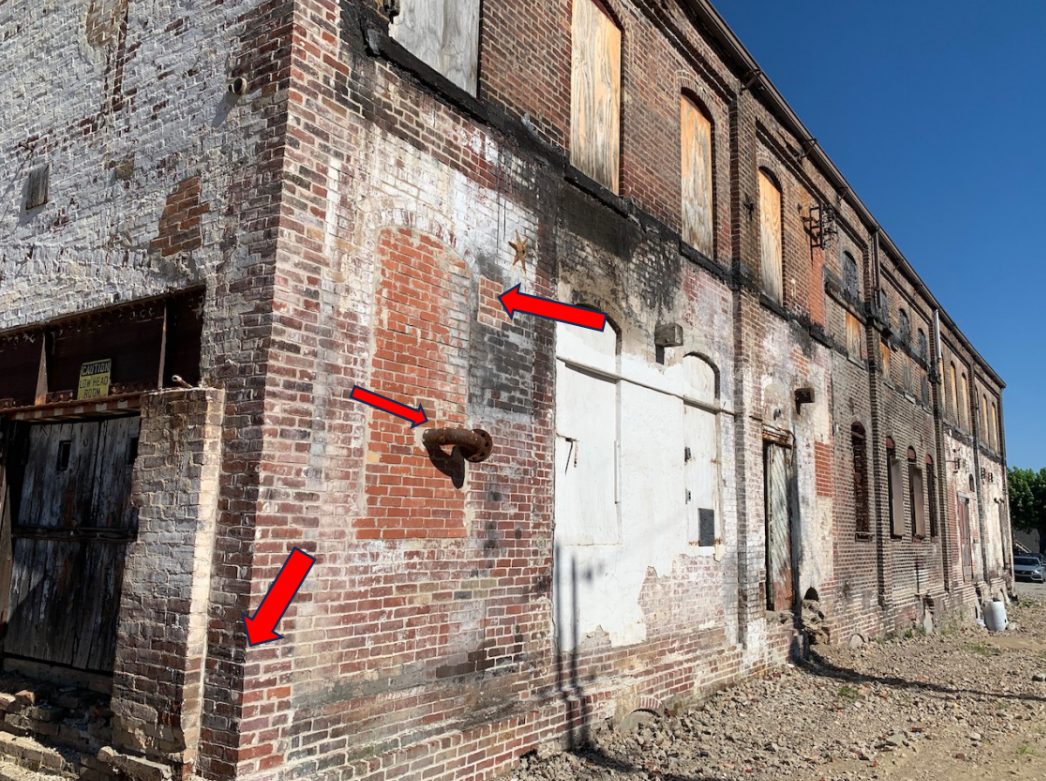
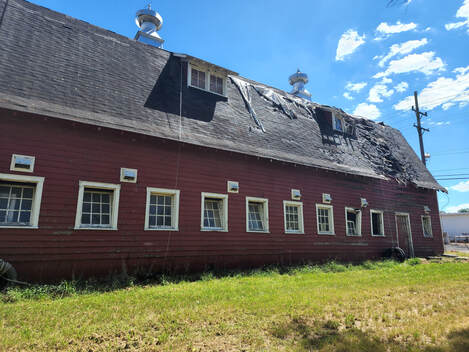
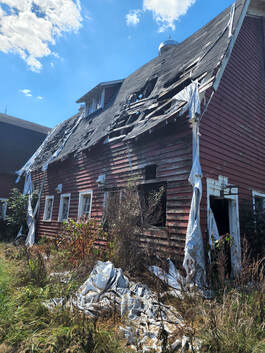
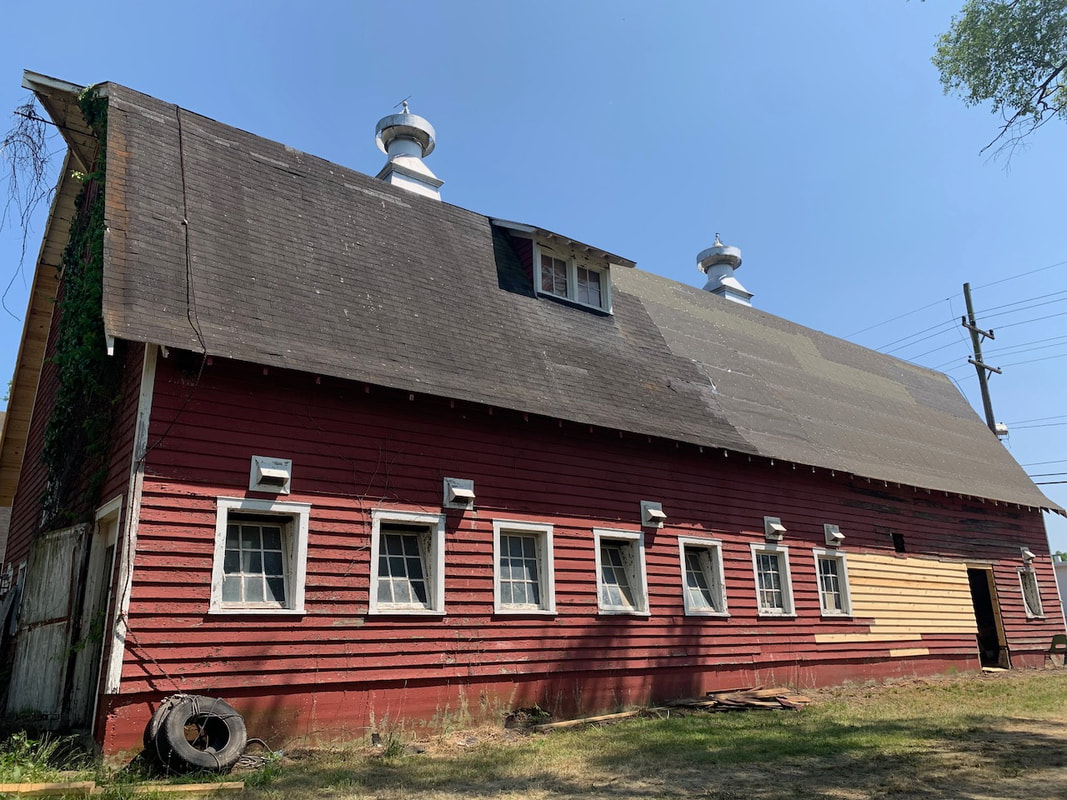
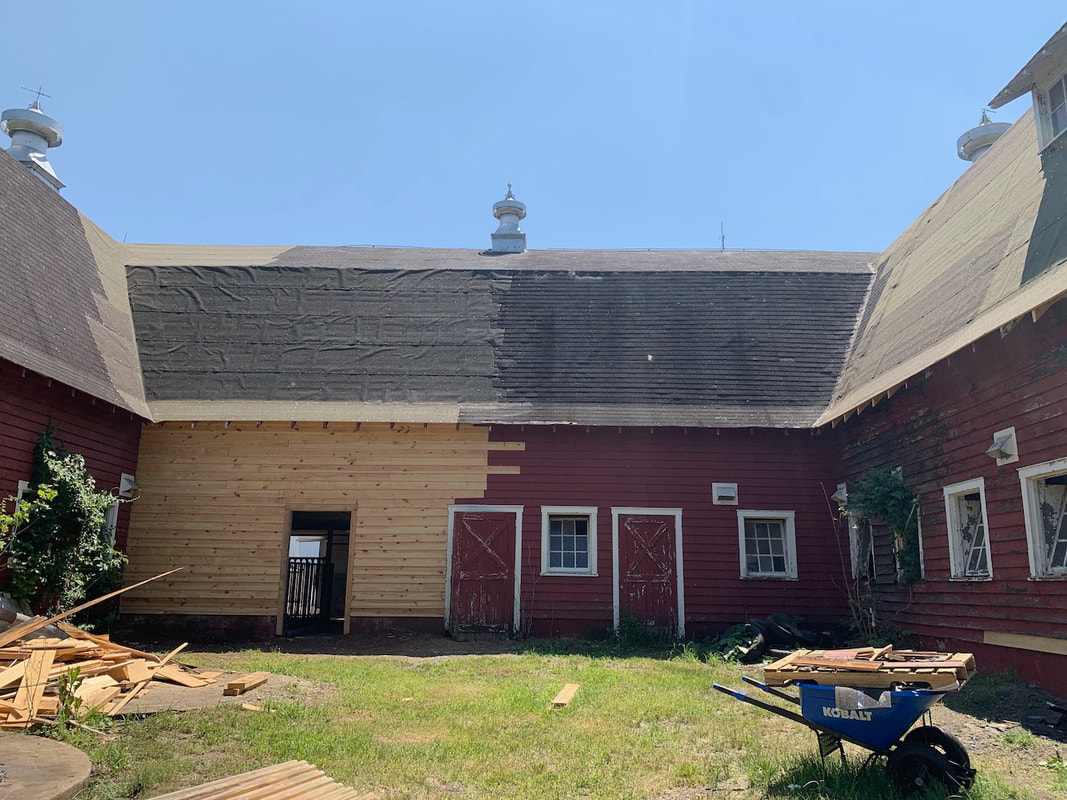
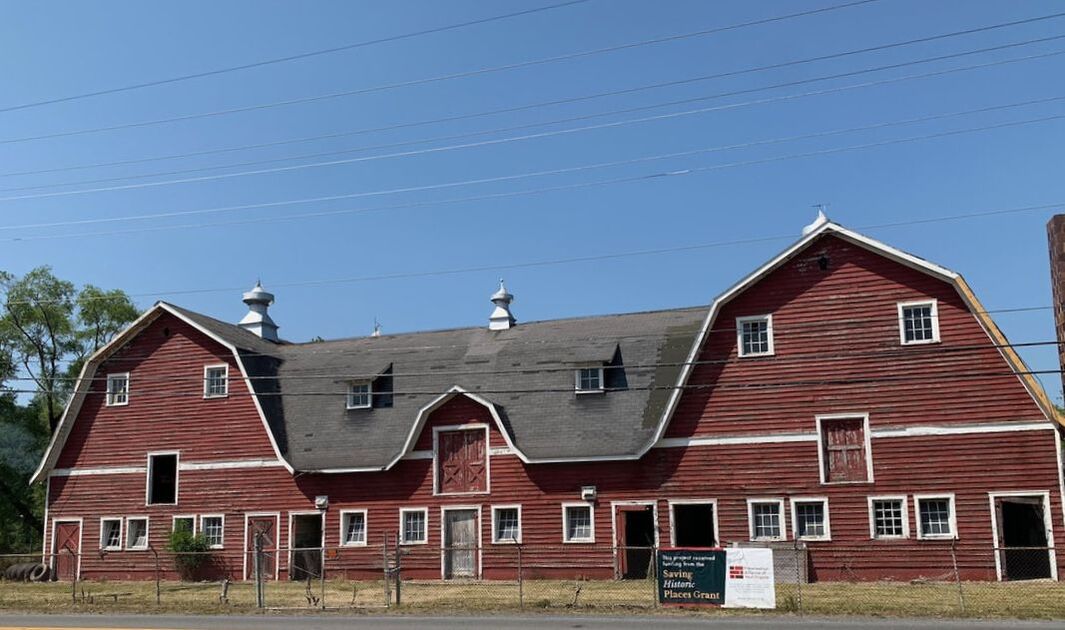
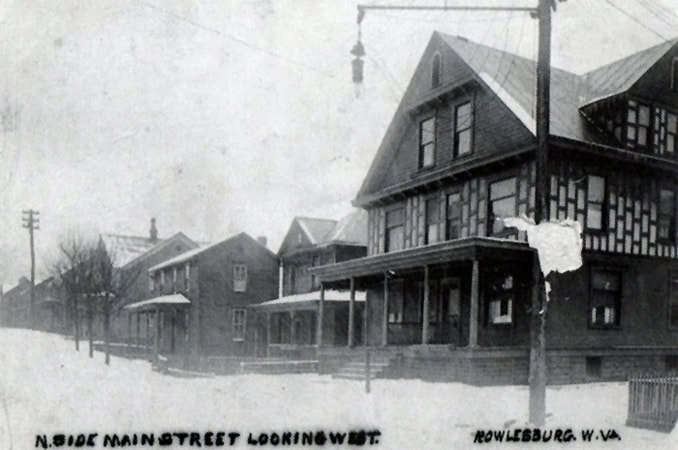
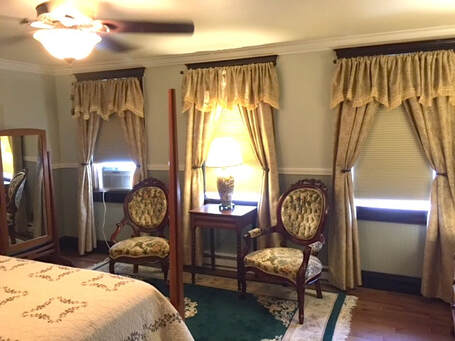
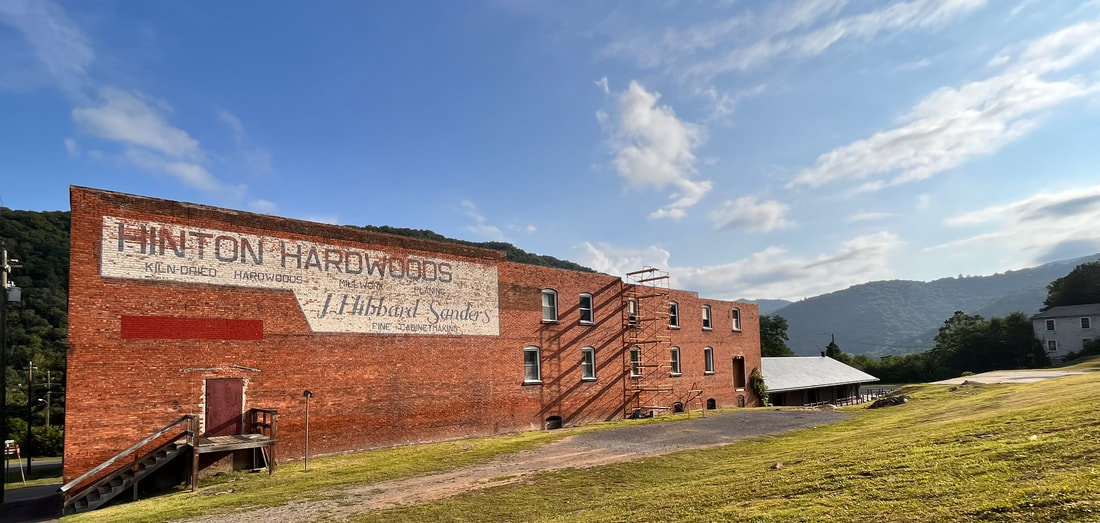
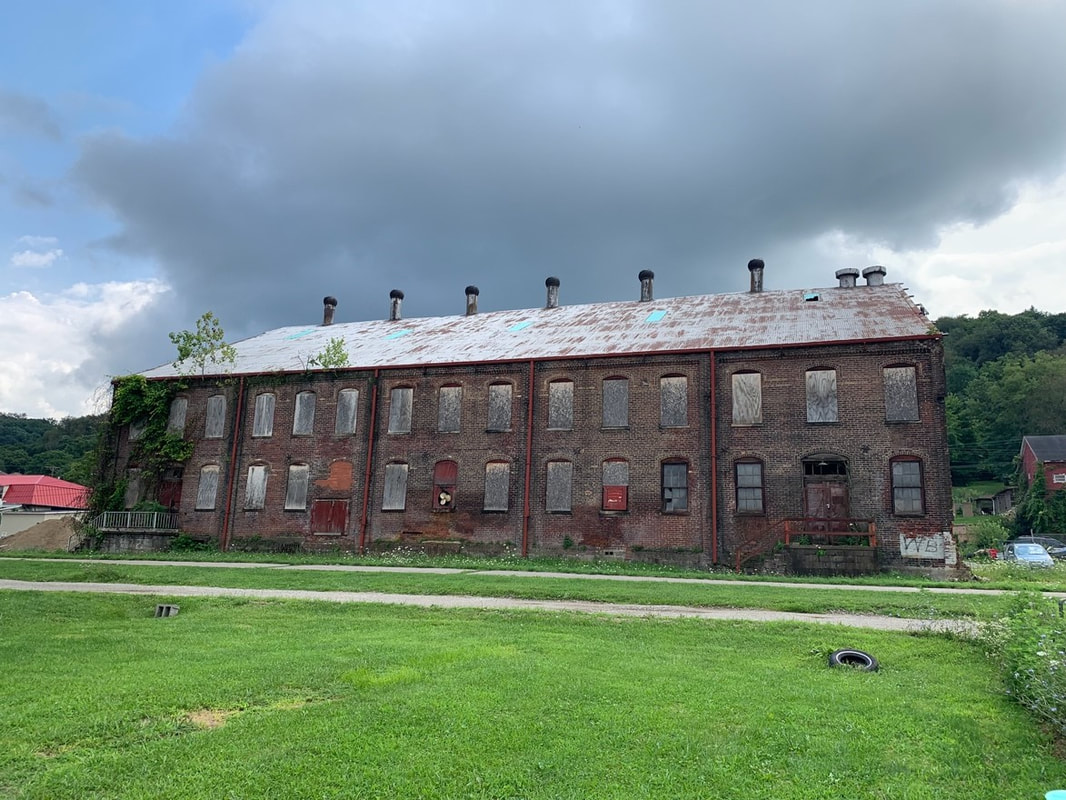
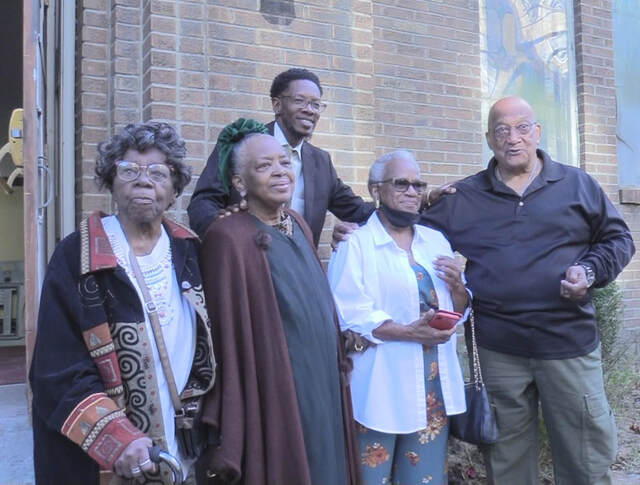
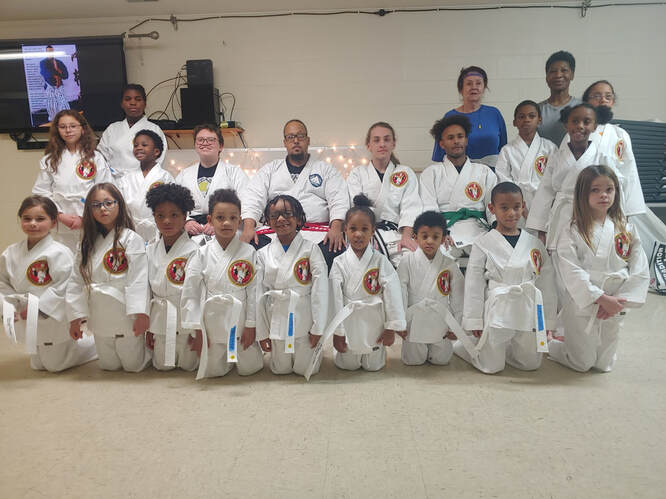
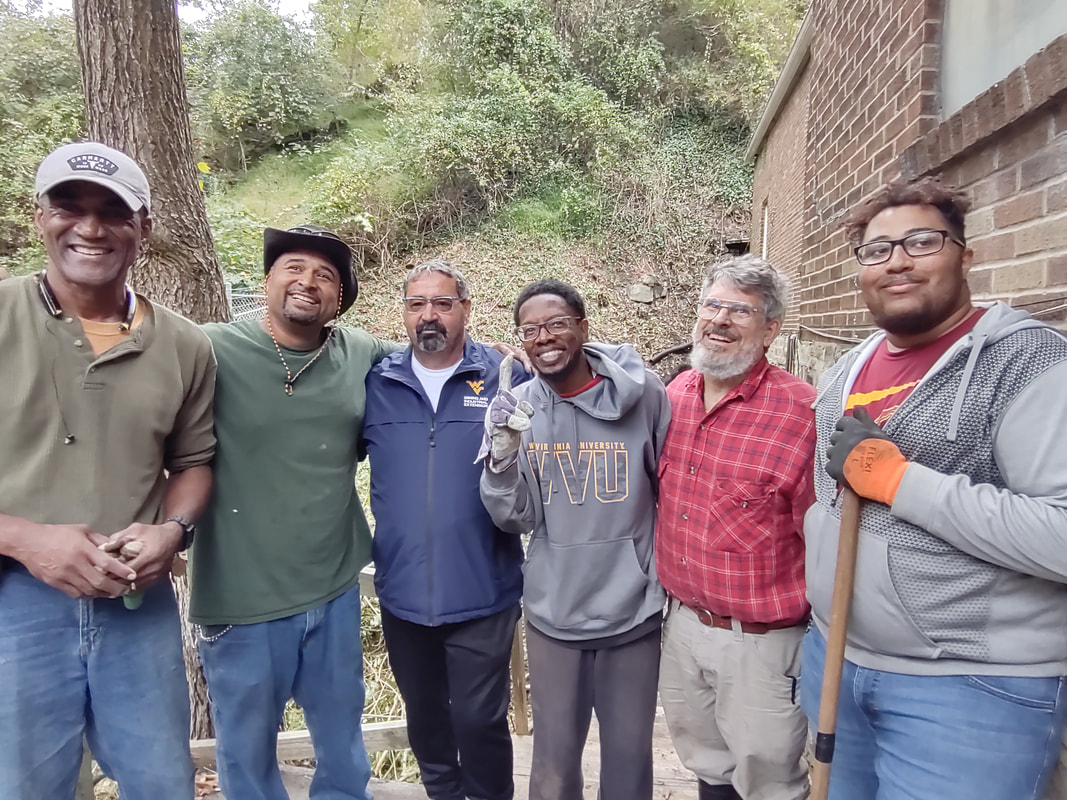
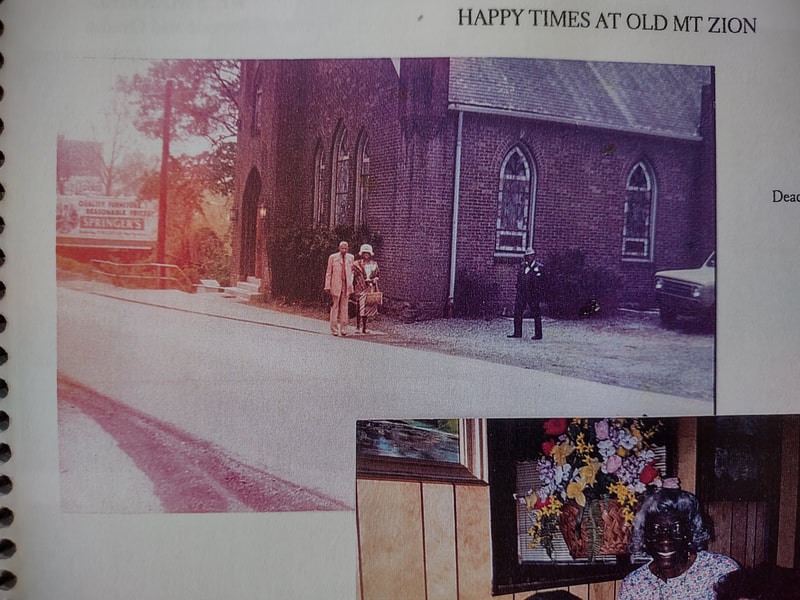
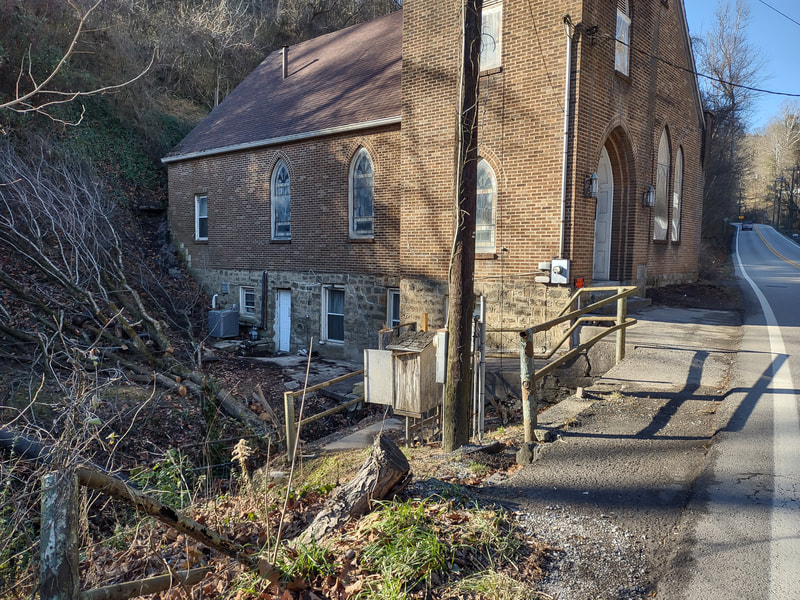
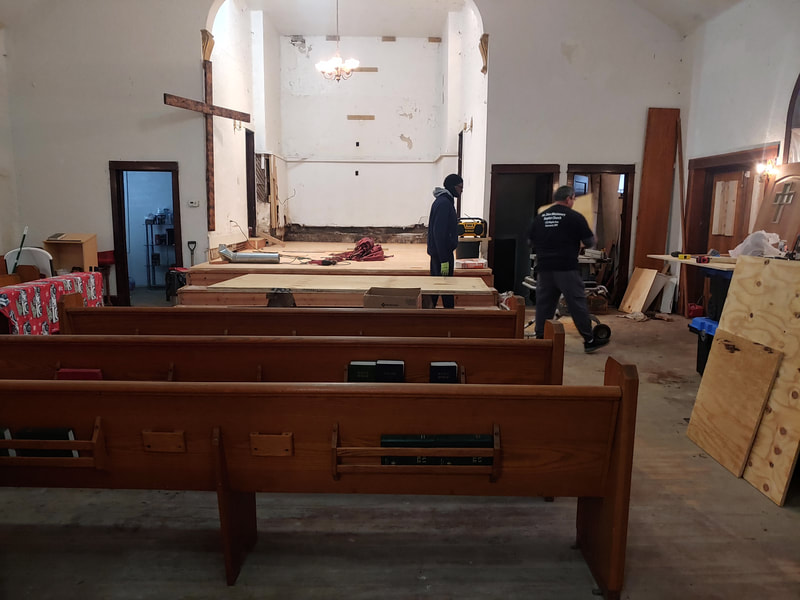
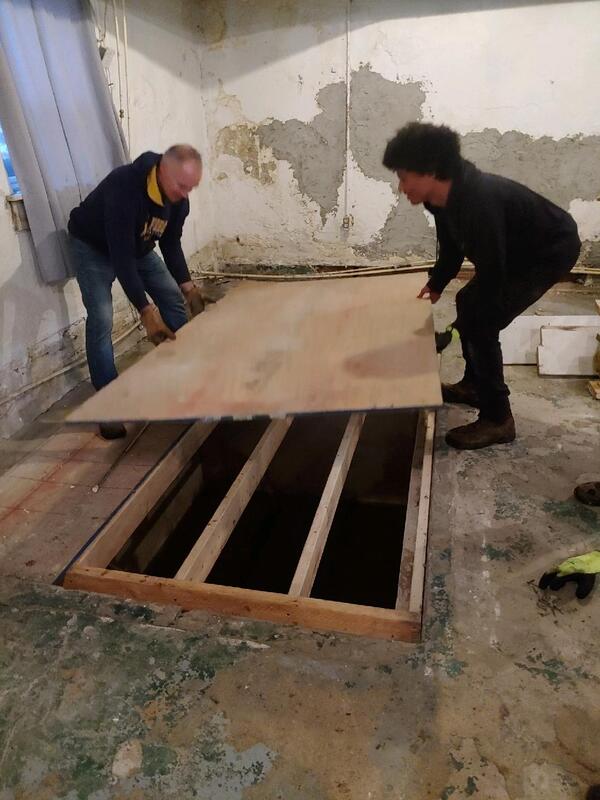
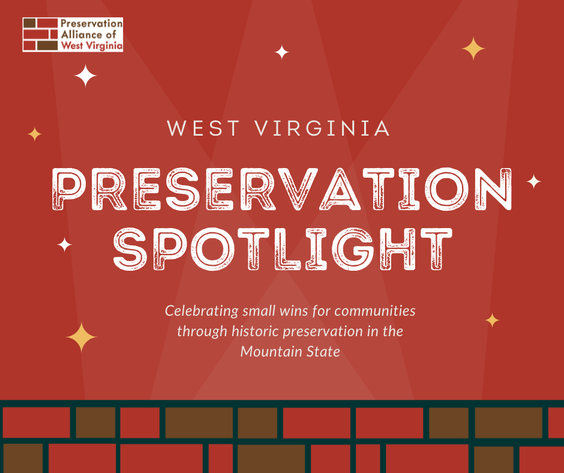
 RSS Feed
RSS Feed



